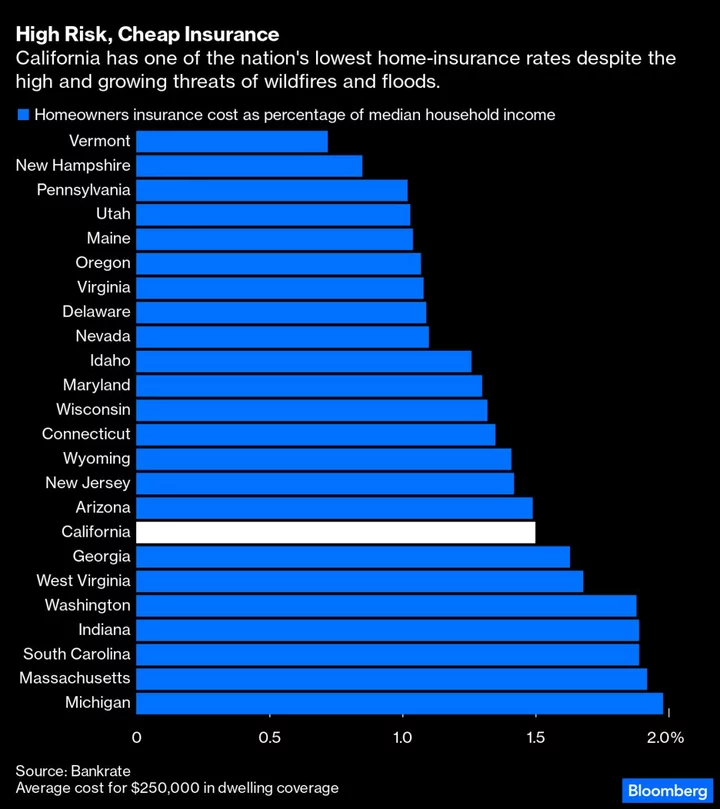
S&P Sees Long-Term Rating Risk to California as Home Insurers Retreat
With California’s population in decline, rising home insurance premiums threaten to intensify the exodus and further weaken state
2023-08-08 02:59

FIFA 23 94+ FUTTIES Player Pick SBC: How to Complete
FIFA 23 94+ FUTTIES Player Pick SBC is now live. Here's how to complete the SBC and if it's worth it.
2023-08-31 01:55
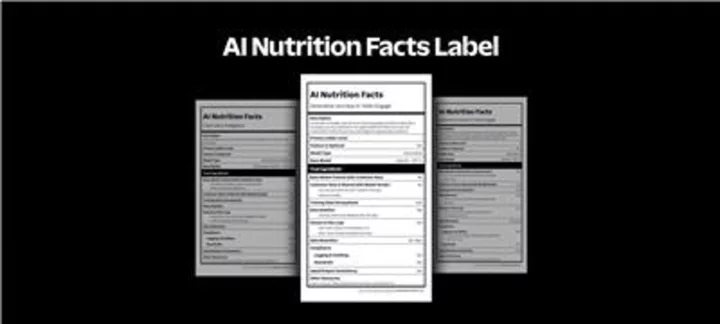
Twilio CustomerAI Fuels Next Generation Customer Relationships and Competitive Advantage for Businesses Worldwide
SAN FRANCISCO--(BUSINESS WIRE)--Aug 23, 2023--
2023-08-24 00:26

EU lawmakers eye ambitious AI regulation
The sudden popularity of ChatGPT and other AI tools is injecting urgency into Europe's drive to regulate the sector, which this week gets rolling seriously with an ambitious text to...
2023-05-09 14:25

The Queen’s Gambit Chess mobile game coming to Netflix
The popular Netflix series is getting a mobile game next month.
2023-06-07 19:29

Do Kwon: South Korean cryptocurrency boss jailed in Montenegro for forging documents
Fugitive cryptocurrency chief Do Kwon, the entrepreneur sought by the US and South Korea in connection with a $40bn crash, was sentenced to four months in prison by a court in Montenegro. The 31-year-old South Korean national and Terraform Labs founder was found guilty of attempting to travel with a forged passport. He was arrested by the Montenegrin police in March as he tried to board a flight to Dubai at Podgorica Airport. Han Chang-joon, the former chief financial officer of Terraform Labs, was convicted of the same crime and handed a four-month sentence. The two were charged with forging official documents and placed in 30-day pre-trial detention. Police said they recovered doctored Costa Rican passports and a separate set of Belgian passports. Kwon and Chang-joon had pleaded not guilty at their first court hearing in May. The crypto boss reportedly told the court last week that he obtained the documents in Singapore through an agency selling citizenships of various countries and believed the passports to be genuine. Time spent in detention is included in the prison terms, and the pair can appeal the verdict, the Basic Court in Podgorica said. “Once we receive the verdict in writing, we will consult with our clients about possible appeal,” defence lawyer Goran Rodic told Bloomberg. The court has up to 30 days to officially notify the defence as well as the prosecutor’s office, the lawyer added. Both South Korea and the US have requested his extradition from Montenegro, while the courts in the country are yet to decide on those requests in separate proceedings. Kwon and five others connected to Terraform Labs are wanted due to allegations of fraud and financial crimes in relation to the implosion of its digital currencies in May 2022. The TerraUSD was designed as a “stablecoin", which are pegged to stable assets like the US dollar to prevent drastic fluctuations in prices. However, around $40bn in market value was erased for the holders of TerraUSD and its floating sister currency, Luna, after the stablecoin plunged far below its $1 peg in May. South Korea asked Interpol in September to circulate a “red notice” for Kwon across the agency’s 195 member nations to find and apprehend him. US regulators in February charged Kwon and his company Terraform Labs with “orchestrating a multi-billion dollar crypto asset securities fraud”. Read More Crackdown on firms marketing cryptoassets to be introduced by City regulator Singapore punishes state fund managers who invested in FTX Police: Crypto firm founder Do Kwon arrested in Montenegro North Korea ‘bitterly criticised’ officials for failed spy satellite launch Families in North Korea ‘starving to death’ due to lack of supplies – report MeToo: Taiwan rocked by wave of sexual harassment allegations sparked by Netflix show
2023-06-20 17:57

Amazon says it will soon sell cars on its website
Amazon has announced plans to start selling cars on its website, marking a major new product category for the online retail giant that made its start selling books. The e-commerce firm said on Thursday that it will launch vehicle sales in the US in the second half of 2024, allowing local car dealers to sell directly to customers on its site. In a joint announcement with South Korean car manufacturer Hyundai, the two companies said Amazon will begin by offering Hyundai vehicles. In turn, Hyundai will name Amazon’s cloud computing unit AWS as its preferred cloud provider and integrate its next-generation vehicles with Alexa, Amazon’s popular voice assistant. The idea, according to Amazon, is to have customers purchase a new car online and pick it up – or have it delivered – from their local dealer. Amazon did not say how many dealers would be participating in the program or if customers across the US would be able to make purchases. An Amazon spokesperson said the company would release more details as it builds the program, which is expected to begin with Hyundai franchised dealers and launch during the later part of next year. Currently, Amazon sells vehicle equipment online and offers a showroom for consumers who want to research different types of cars they may want to buy. But consumers can not directly purchase a vehicle on its platform. The announcement shows Amazon’s ambitions to grow its footprint through dealers in an industry that has strong lobbying forces and heavy state regulations. Nearly all states require manufacturers to sell their vehicles through dealerships to ensure the automakers don’t undercut their own network of franchised dealers. Despite its vision, Amazon might face challenges convincing consumers who might not feel comfortable making such a large purchase on its platform. In a statement, an Amazon spokesperson said customers are increasingly purchasing vehicles online and the company will provide a “range of solutions that add transparency” to the car buying process to help them make an informed decision. The latest move comes as Amazon faces another class action lawsuit over refunds on returned products, with plaintiffs accusing the retailer of failing to issue refunds for returned products. The lawsuit was filed in federal court in Amazon’s hometown of Seattle this week. Additional reporting from agencies. Read More ‘We are broken’: Armenia looks to technology to rebuild Ring to preview security features with abuse charity to boost safety SpaceX is launching the world’s biggest rocket – follow live Battery breakthrough brings ‘unprecedented performance’ to next-gen cells
2023-11-17 18:46

Footage captures image of an 'odd figure' on the surface of the Moon
Footage has claimed to show an odd figure knocking about on the surface of the Moon. In a video first shared in 2014, which has now accrued almost 7 million views, one YouTube user claimed there was a shadow caused by an "odd figure" on the surface, The video was made using Google Moon, a collection of millions of NASA images made public. Odd figure on the Moon? www.youtube.com The "figure" looks like a shadow created by any number of geological formations on the moon's surface. It certainly looks like a person, but the reason why people are seeing a figure is because of pareidolia, our tendency to see faces or other recognisable shapes in random formations. We have this trait as evolution has made us conscious of potential threats from dangerous animals. Either this, or the power of suggestion really is that powerful. So it probably isn't an alien, or some space tourist that has got up there without us knowing. But still, it is pretty freaky. Sign up to our free Indy100 weekly newsletter Have your say in our news democracy. Click the upvote icon at the top of the page to help raise this article through the indy100 rankings.
2023-09-06 23:45

Who is Ed Mylett? The man who claims he has '21 days a week'
A man has left the internet baffled after claiming he has 21 days in a week and people are confused. Ed Mylett has gone viral for a second time after a clip from a podcast appearance on Impact Theory with YouTuber Tom Bilyeu went viral on X (formerly known as Twitter). The clip encapsulates hustle and grind culture perfectly, as Mylett claimed he had more days in the week than everyone else and explained his bizarre logic. He explained: “My day is 6am to noon, and I’m not crazy. You’re crazy for thinking it takes 24 hours, just like some dude in a cave did 300 years ago.” Sign up to our free Indy100 weekly newsletter While his maths and history might be questionable, Mylett continued, explaining, “My second day starts at noon and goes til 6pm”. He explained that 6pm until midnight counts as his “third day”, meaning over the course of a normal 7-day week, he actually experiences 21 days. It’s fair to say that users on X (formerly known as Twitter) weren’t quite as convinced by Mylett’s logic. “My favourite part of this clip is that he thinks the 'caveman era' was 300 years ago,” wrote one person. Another argued: “You can take the lad out of the afters but you can't take the afters out the lad. “All these former beak heeds turned entrepreneurs have swapped chatting s**t at 5am in some randoms kitchen for a podcast studio.” Who is Ed Mylett? Mylett is a YouTuber, podcaster and entrepreneur. H enjoined the World Financial Group (WFG), a financial planning company, in 1992. He has since used social media to grow a following by speaking about his career, and giving life lessons and advice to aspiring entrepreneurs. Have your say in our news democracy. Click the upvote icon at the top of the page to help raise this article through the indy100 rankings.
2023-08-15 18:21

Toshiba Corp says it is forecasted that tender offer will be successful
TOKYO Toshiba Corp said on Wednesday the company forecast that tender offer to take it private will be
2023-09-20 17:53

Dashlane Review
A password manager can help you generate and store unique, strong passwords for every app
2023-07-20 04:57

Make the Switch: How to Control Your iPhone or iPad With Head Movements
If you have trouble using your iPhone or iPad with your hands, you can use
2023-06-13 23:46
You Might Like...
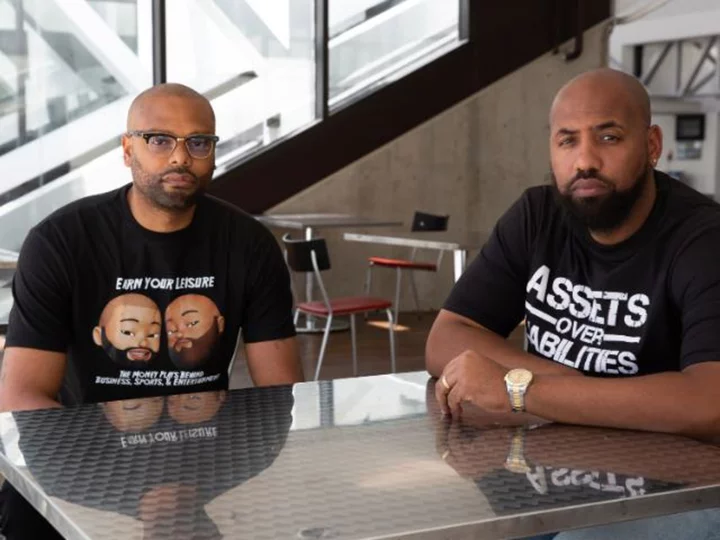
Lifelong friends create platform to teach financial literacy in the Black community

Stolen ChatGPT accounts for sale on the dark web

How a Scottish boy digging for potatoes found an ancient Egyptian 'masterpiece'
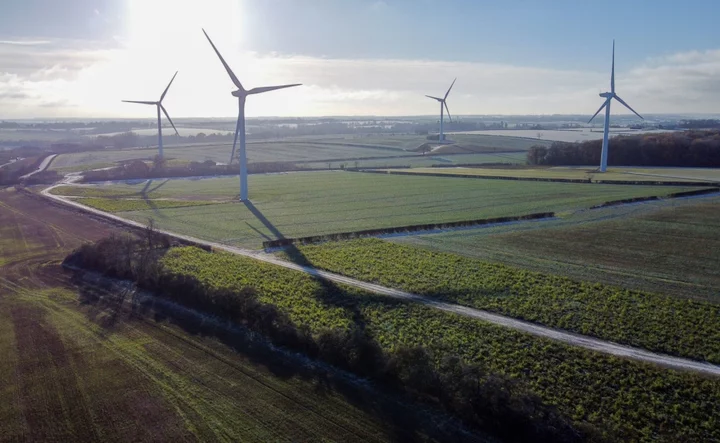
BII, ILX to Co-Fund $500 Million of Sustainable Development
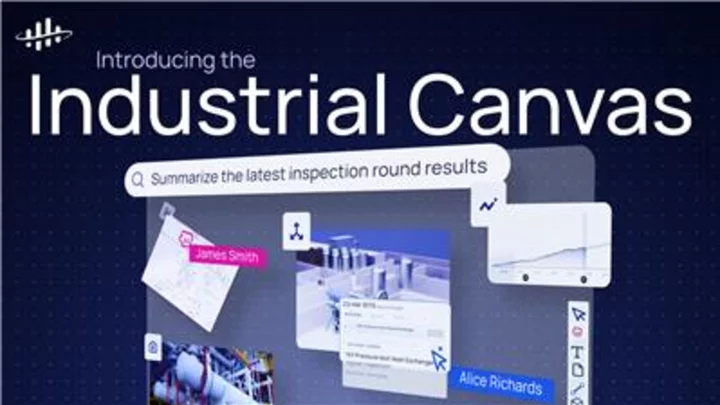
Cognite Announces Generative AI-Powered Industrial Canvas Platform to Accelerate Business Decisions by 90%

MW3 Trailer Seemingly Confirms Verdansk Return, But Likely Not as a Warzone Map

The Mountain Goats singer John Darnielle creates unique set of cards for ‘Magic: The Gathering’ – featuring grim prophecies!

Threads now has 'tens of millions' of daily users. But its honeymoon phase may be over
